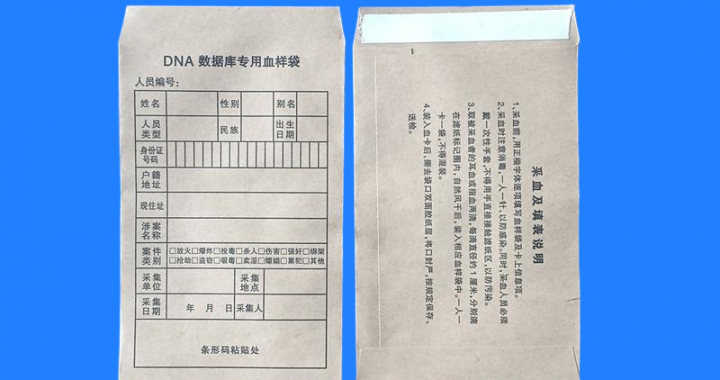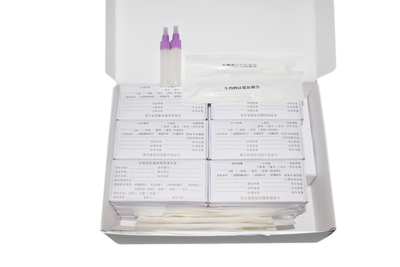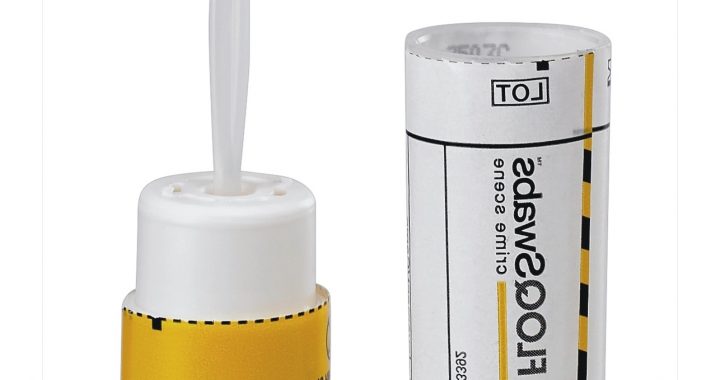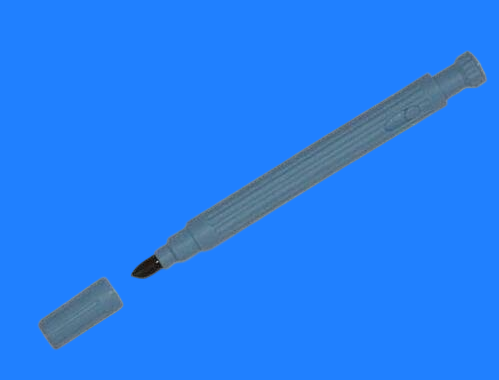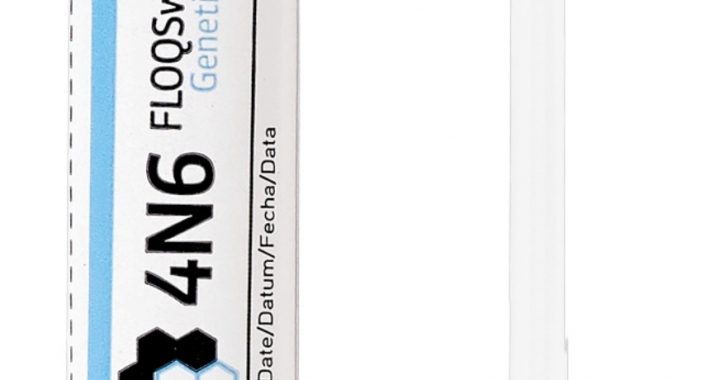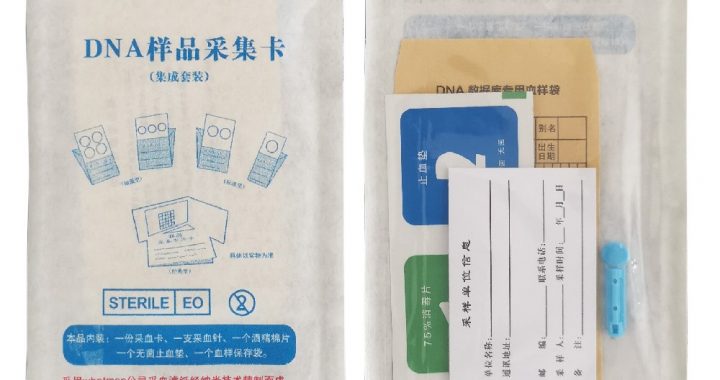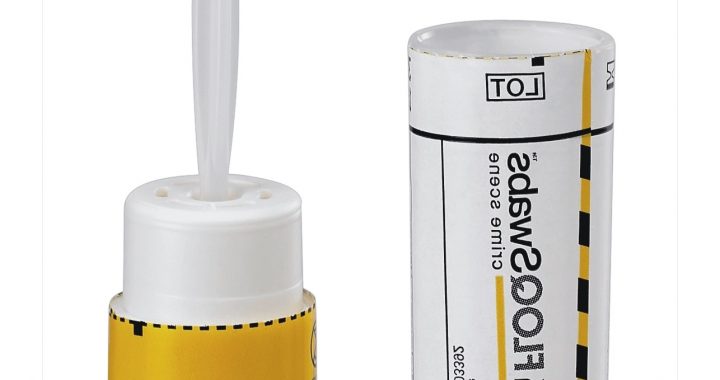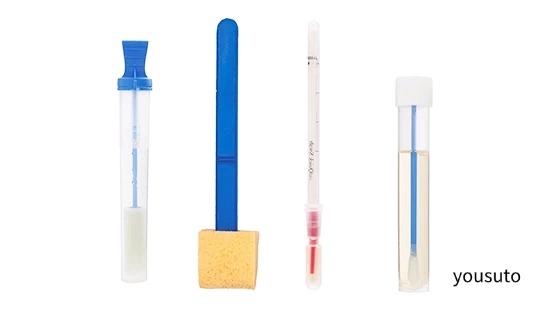DNA evidence is crucial in forensic investigations, and its integrity is paramount. Preventing contamination during the collection process is vital to ensure that the evidence remains reliable and admissible in court.
Content
-
Personal Protective Equipment (PPE)
-
Gloves: Always wear sterile gloves to avoid contamination from your skin. Change gloves frequently to prevent cross-contamination between samples.
-
Face Masks and Hair Covers: Prevent airborne contaminants like saliva or hair from coming into contact with the evidence.
-
Protective Clothing: Wear lab coats or coveralls to reduce the risk of transferring foreign DNA from clothing.
-
Proper Collection Techniques
-
Minimize Contact: Handle evidence as minimally as possible, using tools like swabs or tweezers instead of touching the sample directly.
-
Single-Use Tools: Always use new, sterile tools for each collection. Avoid reusing swabs or collection devices, which could transfer DNA from a previous sample.
-
Avoid Cross-Contamination: Never allow tools, swabs, or containers that have come into contact with one sample to touch another. Keep each sample separate and clearly labeled.
-
Work in Controlled Environments
-
Use Clean Areas: Conduct DNA collection in clean or controlled environments, such as a designated forensic collection area or a mobile lab, to reduce the risk of external contamination.
-
Disinfection: Clean surfaces, equipment, and tools regularly with DNA-safe cleaning agents to remove any potential DNA traces.
-
Sample Handling and Storage
-
Proper Packaging: After collection, immediately package DNA samples in sterile, leak-proof containers to prevent contamination from external sources.
-
Temperature Control: Store samples in appropriate conditions, such as cool environments or using dry ice, to prevent degradation and contamination.
-
Chain of Custody: Ensure that all samples are tracked and documented from the moment of collection to the point of analysis to maintain their integrity.
-
Documentation and Training
-
Training: All personnel involved in DNA collection should be properly trained in contamination prevention techniques.
-
Clear Documentation: Record every step of the collection process, including the time, location, and any handling procedures, to ensure transparency and accuracy.
Features
-
Prevention: Emphasizes proactive measures to prevent contamination before, during, and after DNA collection.
-
Reliability: Ensures that collected samples remain uncontaminated, leading to more accurate forensic results.
-
Compliance: Following best practices helps ensure that DNA evidence is legally defensible and complies with forensic standards.
Scope
These practices are crucial in criminal investigations, medical diagnostics, paternity testing, and any field where DNA analysis is used for decision-making and legal proceedings.
